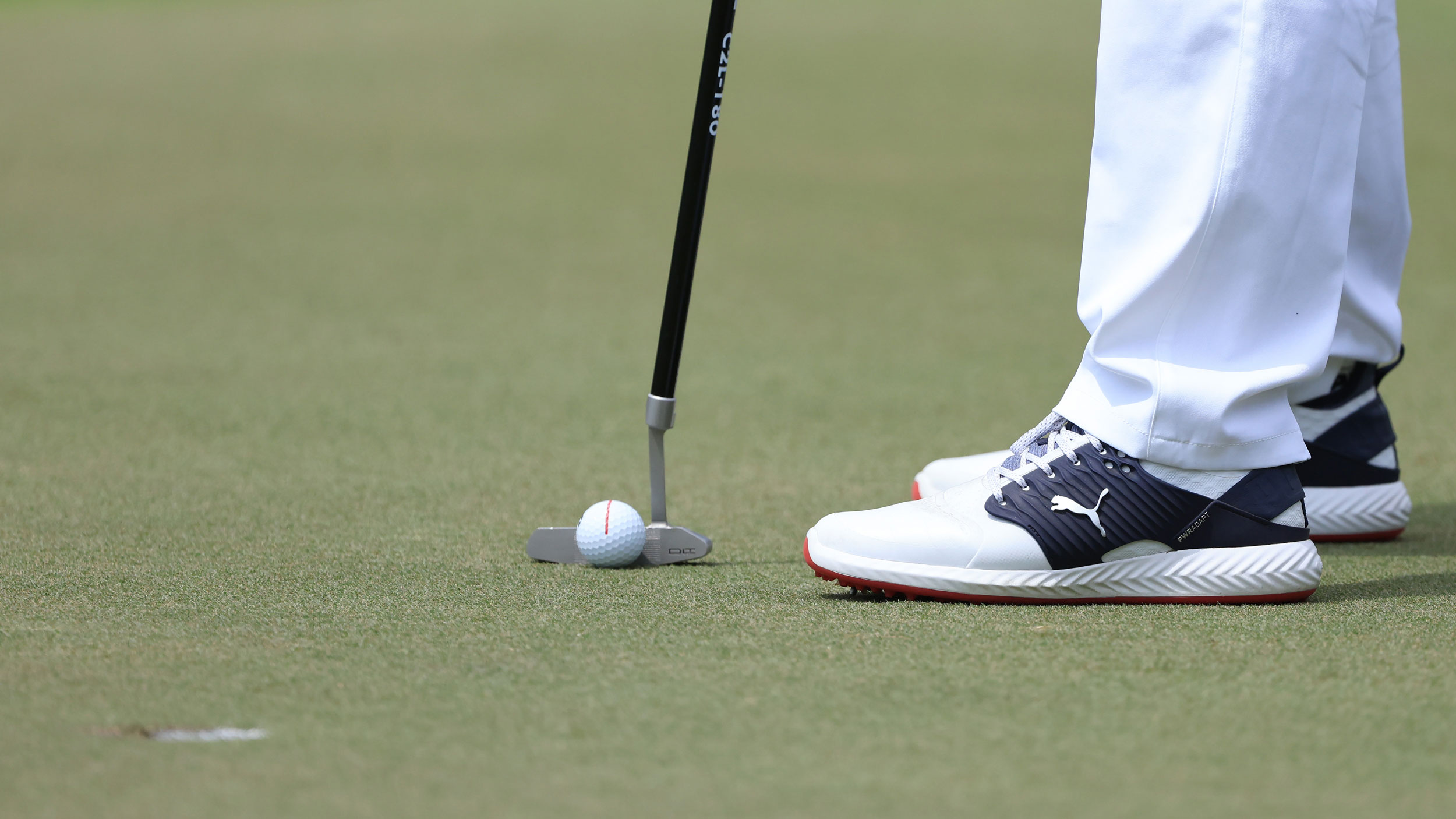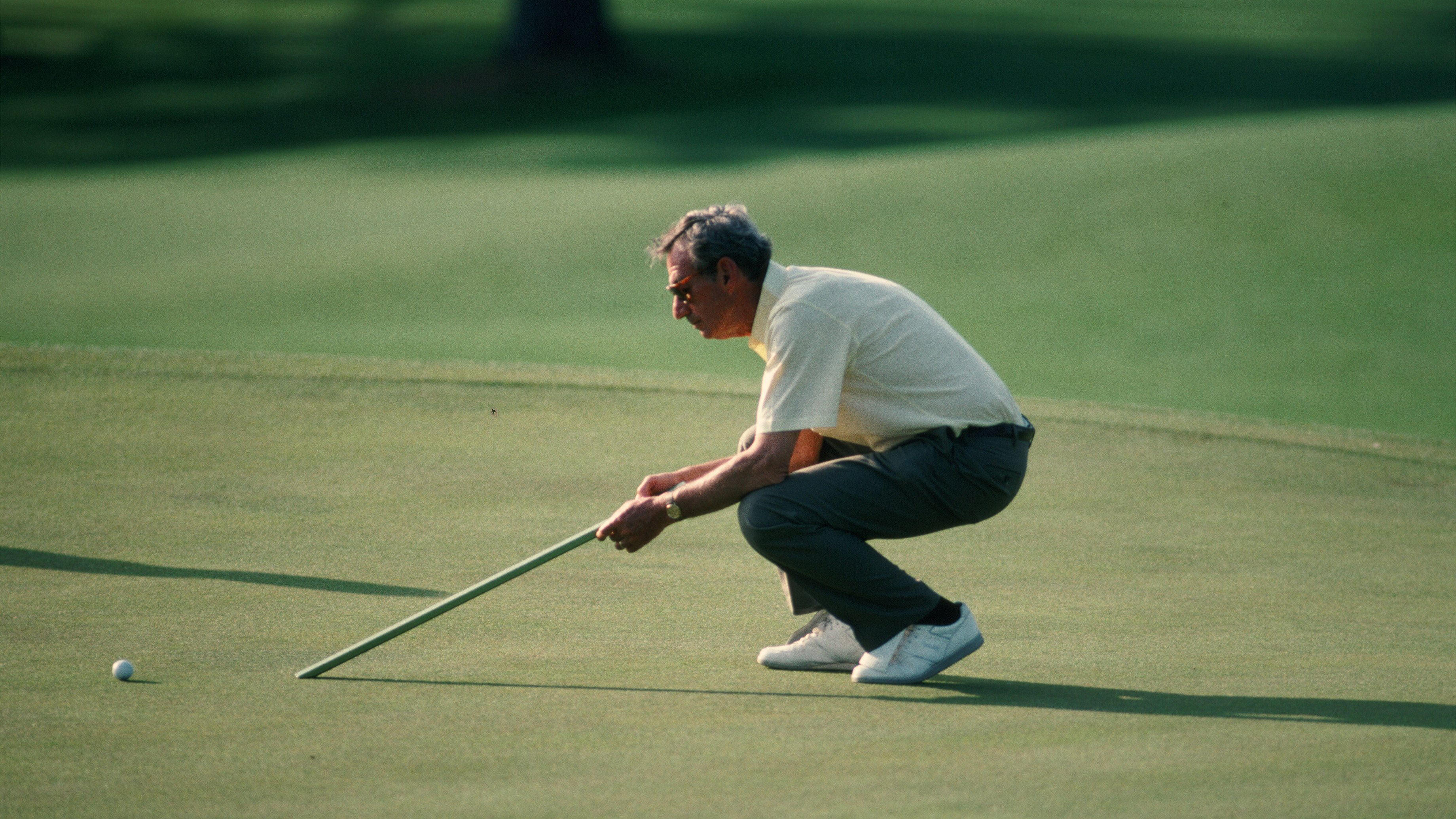Fast Greens Are Bad For Golf. Here's Why...
Opinion: Why, for a variety of reasons, the modern obsession with fast greens is not good news for golf


For some, the super-fast green is the holy grail of playing surfaces. Some golfers seek them out like skiers chase first tracks or surfers hunt the perfect wave. It’s undeniable that when you first send a ball rolling across an ultra-slick green, it elicits oohs and aahs of amazement and excitement. But that initial awe of the extreme can quickly fade to frustration for many of us after a few holes of short game woes. Fast greens are impressive but not necessarily good for golf.
The greens we regularly see on TV for tournament golf have been set up to challenge the world’s best players. They are firm and fast to demand excellence from approach play, a consummate touch from shorter shots and total control with the flatstick. The leading exponents of golf practise for hours each day to be able to execute such skills. The average golfer simply doesn’t possess the necessary ability to deal with greens that run at tournament pace.
For that reason, golf courses with extremely fast greens are less fun to play for a great percentage of those who regularly do so. There will be many who deny it but in reality; most mid to high handicappers will gain more satisfaction from playing to, and on, surfaces that are true and more forgiving. Yes, fast greens might be fun to try and negotiate but be honest, would you rather put in a decent performance against your handicap on mid-pace greens or be dazzled by perplexingly pacey putting surfaces, having deposited your scorecard in the bin by the 8th tee?

The quest for fast greens stems from expectations driven by top level golf. What should be remembered is; on those tournament courses, the greens have been worked on for months to get them to that level for just one week.
To deliver fast greens puts great strain on a golf course, and on greenkeepers to boot. If a club develops or craves a reputation for fast greens, they can fall into the trap of obsessing about consistently delivering. The stresses build for the grasses and the staff members tasked with that delivery. Cut the grass shorter and the risk of losing it rises. More watering is required so they become less sustainable. Clubs will use more resource and spend more money if they try to produce greens running at top-pace throughout the playing season.
Using modern greenkeeping practices, following guidance on sustainability from the likes of The R&A, the STRI and BIGGA, greens teams can produce supremely true and robust putting surfaces that can, when it’s required for significant events, be ramped up in terms of speed, whether through a shorter cut or by ironing. But that shouldn’t be the norm – it’s not healthy for the greens nor for the general playing experience and expectation of members and visitors. The objective should be to have golfers finishing the round commenting that the greens “rolled beautifully and were exceptionally true,” not simply, “Man, those surfaces were slick.”

We want more people to take up and enjoy playing golf. For the overall health of the game, we want people to think golf is fun. Making the game even more difficult by creating putting surfaces like greased linoleum is not a way to achieve that goal.
Get the Golf Monthly Newsletter
Subscribe to the Golf Monthly newsletter to stay up to date with all the latest tour news, equipment news, reviews, head-to-heads and buyer’s guides from our team of experienced experts.
Fast greens are also detrimental to pace of play. If a four ball of average golfers reaches a putting surface of mid-firmness, running at mid-pace that they can hold with a chip shot and deal with on longer putts, they might take two or three blows each around and on it. At higher speeds, they might add on a couple of shots each. Pitches roll past and off the other side, players go from bunker to bunker, downhill putts just keep on trucking. Fast greens = slow play.
And that takes us back to the enjoyment factor, which is the key reason we all play golf. Not many of us would say we enjoy playing golf slowly. Not many of us would say we enjoy racking up a cricket score or feeling that we’re simply not good enough to deal with the challenging conditions. Admittedly, a few of us (who no doubt will be shaking their heads when reading this,) really enjoy super-fast greens above all else… But no matter how vocal they are, they are in the minority. Clubs should focus on producing consistently good rather than simply fast greens to maximise enjoyment, increase sustainability and keep the whole course, not just the putting surfaces, running quickly.

Fergus is Golf Monthly's resident expert on the history of the game and has written extensively on that subject. He has also worked with Golf Monthly to produce a podcast series. Called 18 Majors: The Golf History Show it offers new and in-depth perspectives on some of the most important moments in golf's long history. You can find all the details about it here.
He is a golf obsessive and 1-handicapper. Growing up in the North East of Scotland, golf runs through his veins and his passion for the sport was bolstered during his time at St Andrews university studying history. He went on to earn a post graduate diploma from the London School of Journalism. Fergus has worked for Golf Monthly since 2004 and has written two books on the game; "Great Golf Debates" together with Jezz Ellwood of Golf Monthly and the history section of "The Ultimate Golf Book" together with Neil Tappin , also of Golf Monthly.
Fergus once shanked a ball from just over Granny Clark's Wynd on the 18th of the Old Course that struck the St Andrews Golf Club and rebounded into the Valley of Sin, from where he saved par. Who says there's no golfing god?
-
 Andrew Novak And Ben Griffin Seal Maiden PGA Tour Titles At Zurich Classic Of New Orleans
Andrew Novak And Ben Griffin Seal Maiden PGA Tour Titles At Zurich Classic Of New OrleansThe duo held off the challenges of Rasmus and Nicolai Hojgaard and Frank Capan III and Jake Knapp to win the TPC Louisiana team tournament
By Mike Hall
-
 Mao Saigo Claims Maiden Major Title At Chevron Championship Title After Thrilling Five-Way Sudden Death Playoff
Mao Saigo Claims Maiden Major Title At Chevron Championship Title After Thrilling Five-Way Sudden Death PlayoffThe Japanese star made a birdie on the first extra hole at The Club at Carlton Wood as her four challengers faltered
By Mike Hall